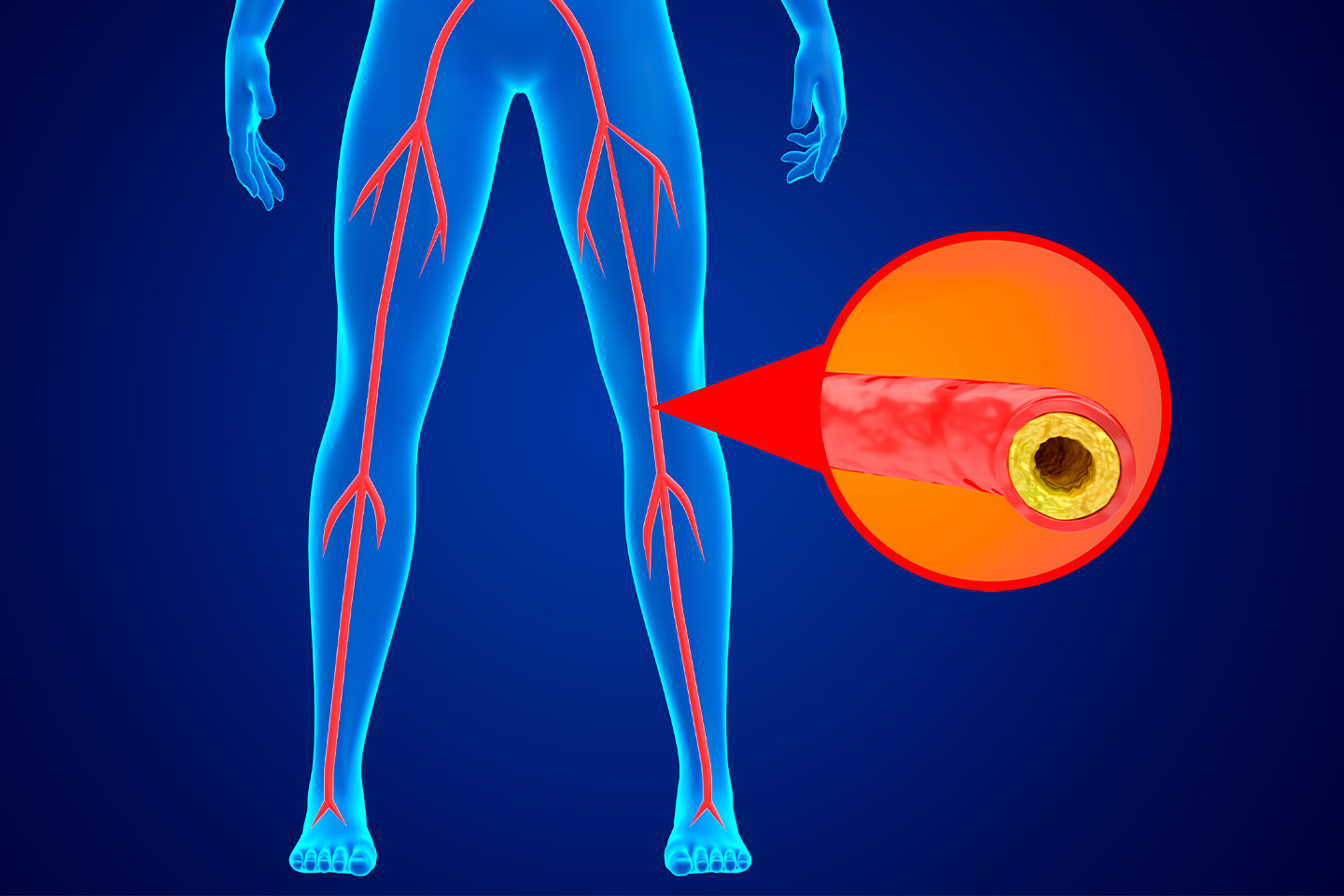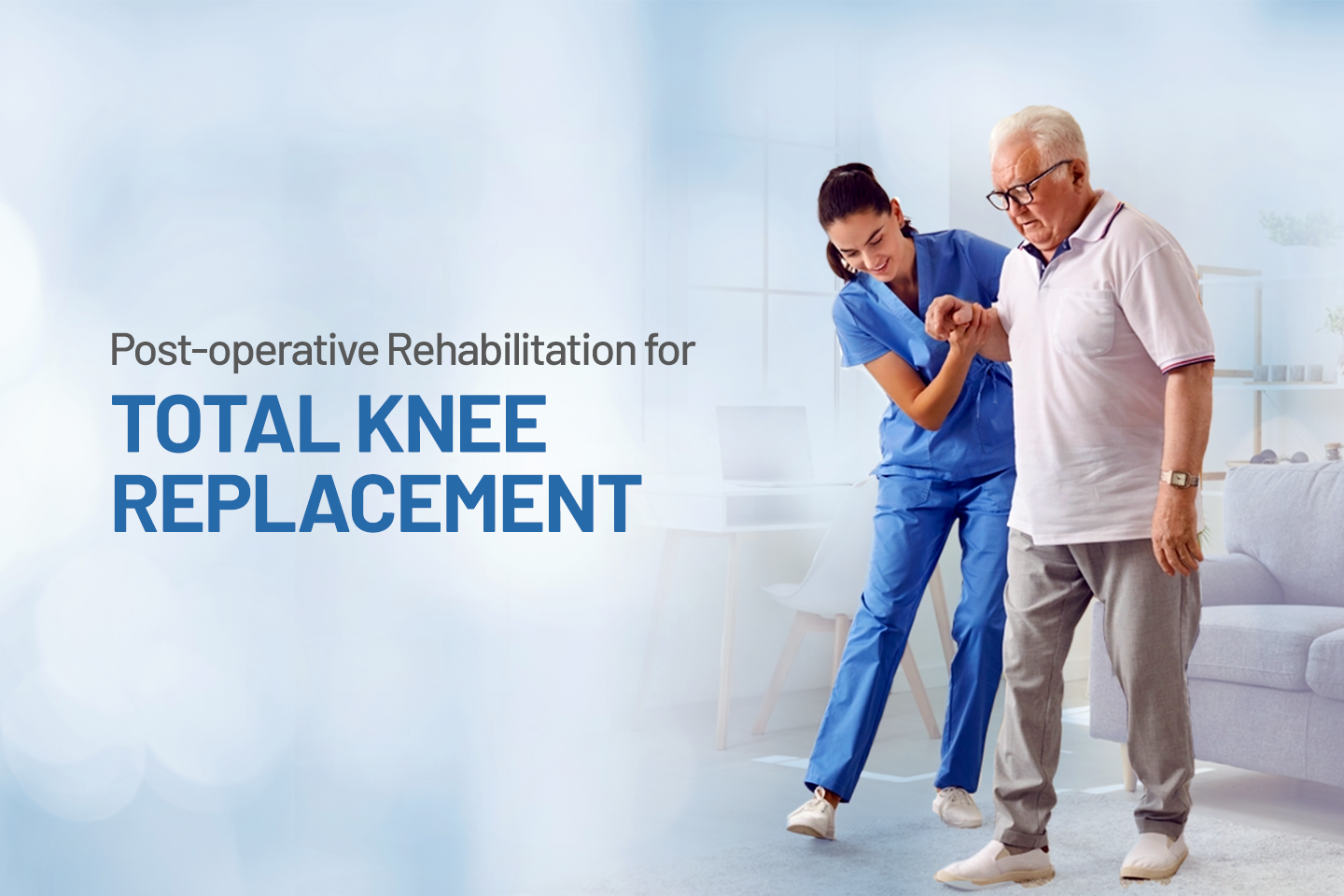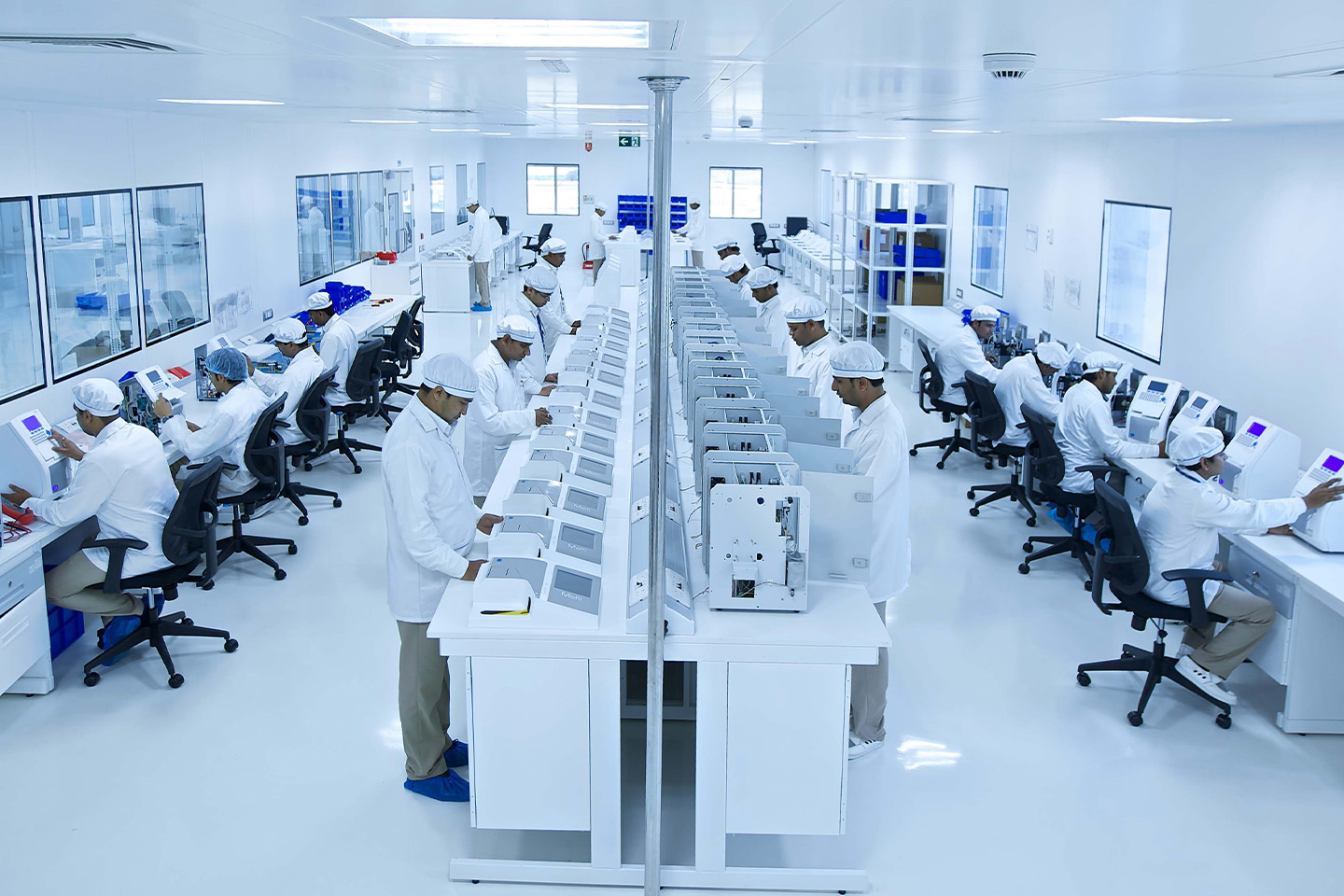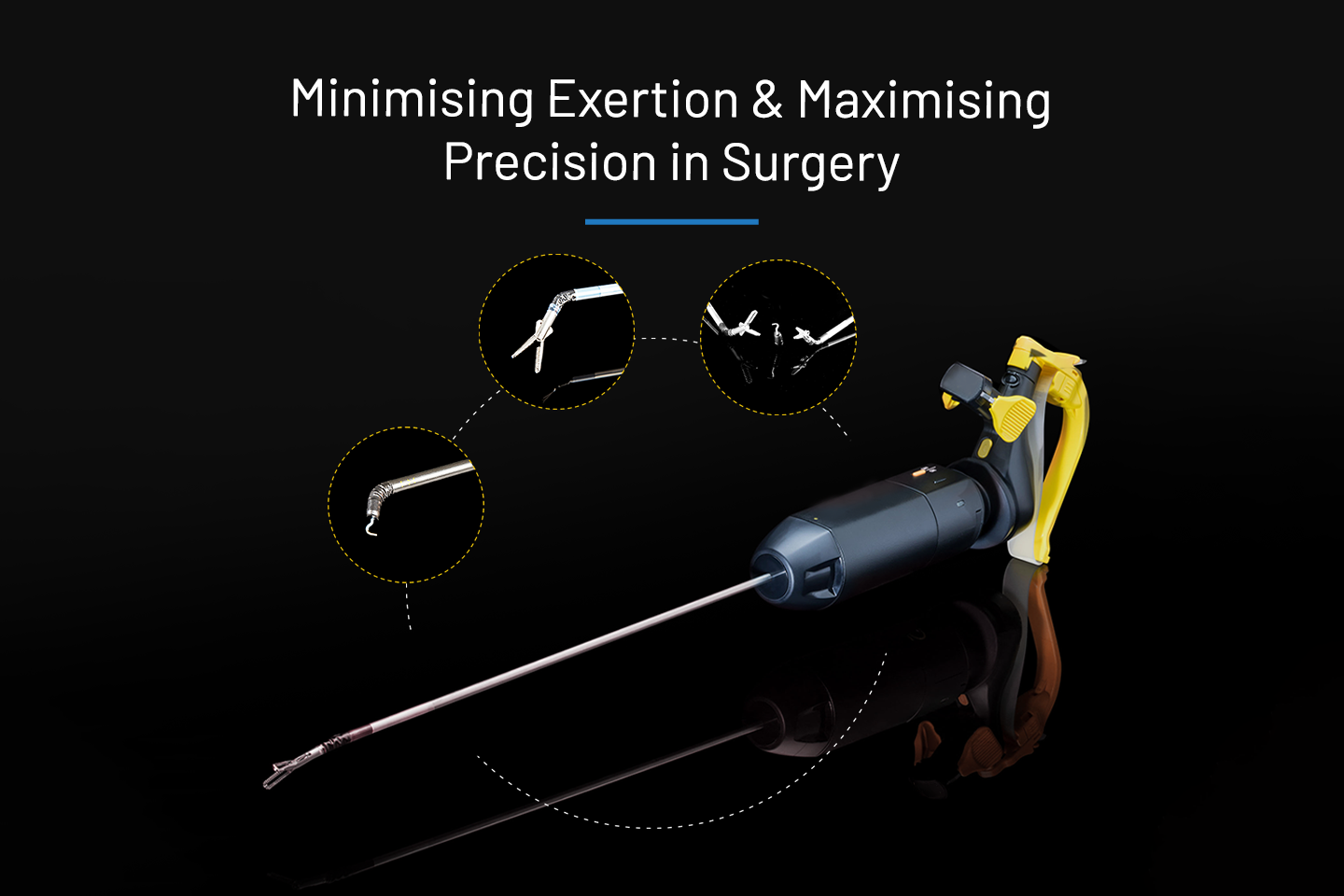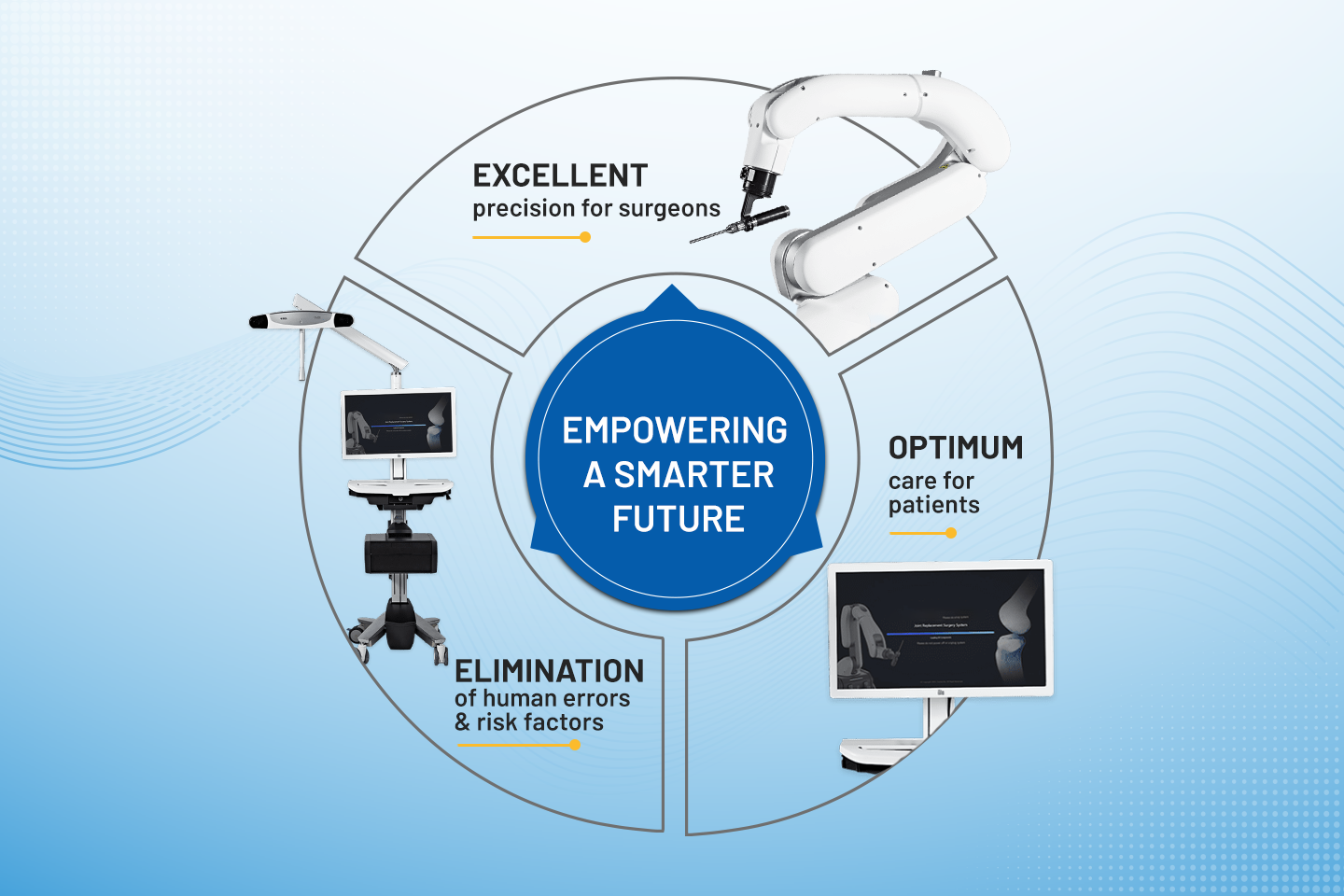Medical Devices
The Crucial Role of Rehabilitation after Total Knee Replacement Surgery
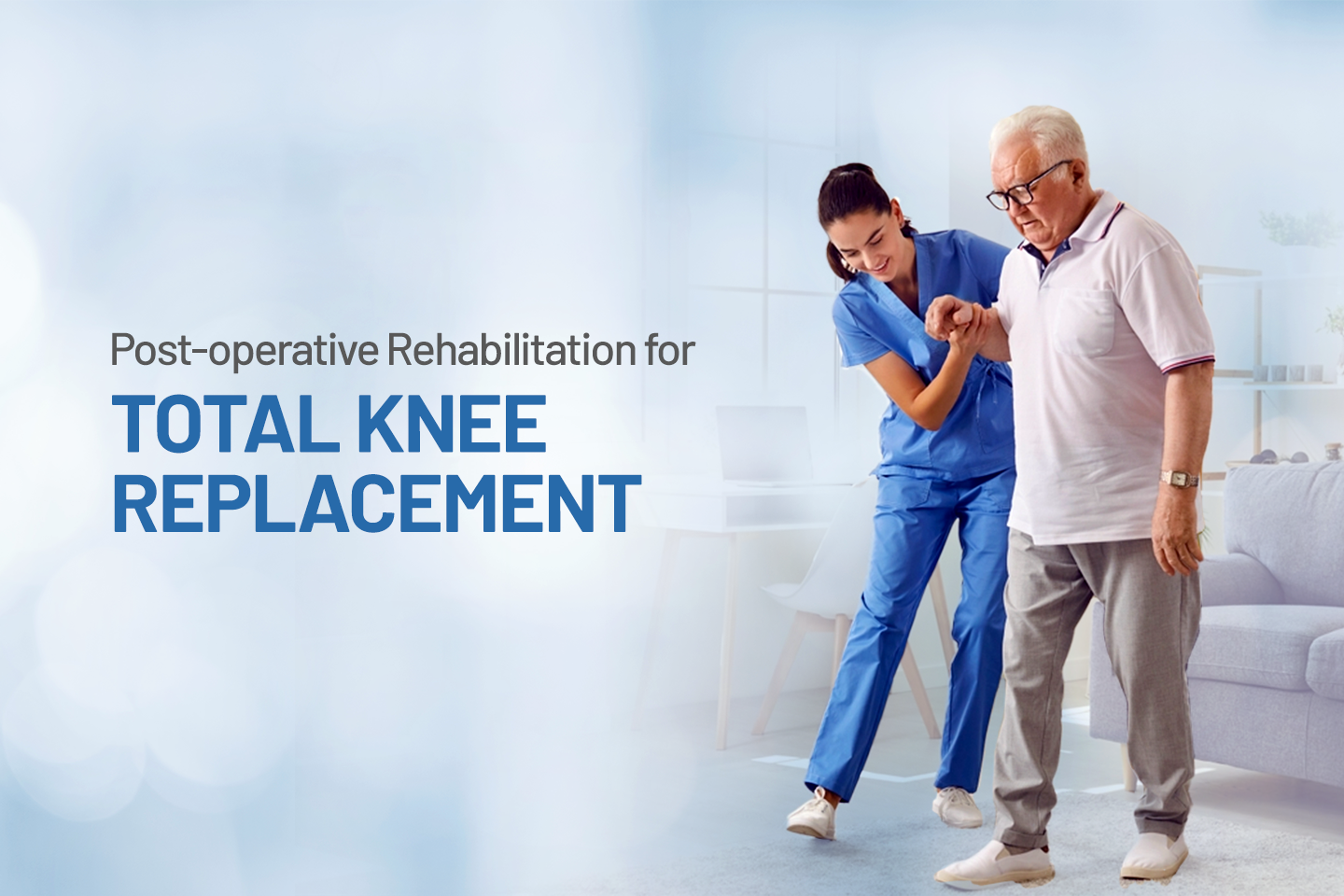
Introduction:
Total knee replacement surgery, also known as total knee arthroplasty, is a common orthopedic procedure aimed at relieving pain and restoring function in individuals with severe knee joint damage (1). With the increasing prevalence of conditions like osteoarthritis and an aging population, the demand for knee replacement surgeries continues to rise. While the surgery itself is transformative, the journey to full recovery extends beyond the operating table. Post-surgery rehabilitation plays a vital role in ensuring optimal outcomes and regaining quality of life for patients.
Understanding Total Knee Replacement Surgery:
Total knee replacement surgery involves the removal of damaged cartilage and bone from the knee joint, which is replaced with artificial components made of metal and plastic. This procedure is typically recommended for individuals with debilitating knee pain and limited mobility due to conditions such as osteoarthritis, rheumatoid arthritis, or traumatic injury (2). By restoring the natural mechanics of the knee joint, surgery aims to alleviate pain, improve function, and enhance the overall quality of life for patients.
The Importance of Rehabilitation:
Rehabilitation following total knee replacement surgery is integral to the recovery process. While the surgery addresses the structural damage to the knee, rehabilitation focuses on optimizing mobility, strength, and function. The goals of post-surgery rehabilitation include restoring range of motion, strengthening surrounding muscles, improving gait mechanics*, and enhancing overall physical conditioning (3). Through guided exercises and therapeutic interventions, rehabilitation empowers patients to regain independence and resume their daily activities with confidence.
Components of Rehabilitation:
A comprehensive rehabilitation program typically encompasses several key components tailored to the individual needs of the patient:
Physical Therapy Exercises:
Range of motion exercises helps restore flexibility and mobility in the knee joint.
Strengthening exercises target the muscles surrounding the knee, improving stability and support.
Balance and coordination exercises enhance proprioception* and reduce the risk of falls.
Gait Training:
Gait training focuses on teaching patients proper walking mechanics and weight distribution post-surgery.
Physical therapists assist patients in achieving a smooth and natural gait pattern while using assistive devices if necessary.
Pain Management Techniques:
Modalities such as ice therapy, heat therapy, electrical stimulation, and massage help alleviate post-operative pain and inflammation.
Pain management strategies enable patients to engage more effectively in rehabilitation exercises and activities.
Education:
Patients receive guidance on post-operative care, including wound care, activity modifications, and pain management techniques.
Education empowers patients to understand the expected recovery timeline, set realistic goals, and make informed decisions regarding their rehabilitation journey.
Latest Advances in Rehabilitation:
Recent advancements in rehabilitation techniques have revolutionized the post-surgery recovery process for total knee replacement patients:
Digital Rehabilitation:
Digital rehabilitation platforms utilize technology such as wearable sensors, virtual reality, and telemedicine to deliver personalized rehabilitation programs remotely (4).
These innovative tools enable patients to perform exercises at home under the guidance of virtual therapists, enhancing convenience and accessibility while promoting adherence to the rehabilitation regimen.
Enhanced Rapid Recovery Pathways:
Rapid recovery pathways involve a multidisciplinary approach to perioperative care, focusing on optimizing pre-operative preparation, intraoperative techniques, and post-operative rehabilitation (5).
By implementing evidence-based protocols and streamlined care pathways, healthcare providers aim to minimize hospital stays, reduce complications, and expedite patients' return to function and independence.
Benefits of Post-Surgery Rehabilitation:
Active participation in post-surgery rehabilitation offers numerous benefits for patients:
Faster Recovery and Return to Function:
Rehabilitation accelerates the recovery process, allowing patients to regain function and mobility sooner.
By following a structured rehabilitation program, patients can expedite their return to daily activities and enjoy an improved quality of life.
Reduced Risk of Complications:
Engaging in rehabilitation exercises helps prevent complications such as blood clots, stiffness, and muscle atrophy.
Regular movement and strengthening activities promote circulation, joint lubrication, and tissue healing, reducing the likelihood of post-operative complications.
Improved Function and Mobility:
Rehabilitation exercises target specific muscle groups involved in knee function, leading to improved strength, flexibility, and proprioception.
As patients progress through rehabilitation, they experience enhanced mobility, stability, and confidence in performing daily tasks and recreational activities.
Long-Term Outcomes and Satisfaction:
Studies have shown that patients who actively participate in post-surgery rehabilitation achieve better long-term outcomes and higher satisfaction rates with their knee replacements.
Rehabilitation plays a crucial role in optimizing the durability and longevity of the prosthetic knee joint, ensuring sustained functional improvements over time.
Challenges and Tips:
While post-surgery rehabilitation offers numerous benefits, it may also present challenges for patients:
Pain and Discomfort:
Post-operative pain and discomfort may initially hinder patients' motivation to engage in rehabilitation exercises.
Employing pain management strategies, such as medication, ice therapy, and gentle movement, can help alleviate discomfort and facilitate active participation in rehabilitation.
Frustration and Fatigue:
The rehabilitation process can be physically demanding and mentally challenging, leading to feelings of frustration and fatigue.
Setting realistic goals, pacing activities, and celebrating small victories can help patients maintain motivation and perseverance throughout their recovery journey.
Compliance and Consistency:
Adhering to a structured rehabilitation program requires commitment and consistency from patients.
Establishing a routine, seeking support from healthcare professionals and loved ones, and tracking progress can enhance compliance and maximize the benefits of rehabilitation.
Conclusion:
In conclusion, rehabilitation after total knee replacement surgery is a critical component of the recovery process, offering numerous benefits for patients in terms of mobility, function, and overall quality of life. Recent advancements in digital rehabilitation and enhanced rapid recovery pathways have further enhanced the effectiveness and accessibility of post-surgery rehabilitation. By actively participating in rehabilitation exercises and embracing innovative approaches, patients can expedite their recovery, reduce the risk of complications, and achieve optimal outcomes. As healthcare providers, it is essential to emphasize the importance of rehabilitation and provide patients with the necessary support and resources to navigate their rehabilitation journey successfully. Together, we can empower patients to reclaim their mobility, independence, and well-being following total knee replacement surgery.
Dictionary
- Gait mechanics - Gait is the action of walking (locomotion). It is a complex, whole-body movement that requires the coordinated action of many joints and muscles of our musculoskeletal system. It mostly includes the movements of the lower limbs, upper limbs, pelvis and spine.
- Proprioception - Proprioception, otherwise known as kinesthesia, is your body's ability to sense movement, action, and location. It's present in every muscle movement you have. Without proprioception, you wouldn't be able to move without thinking about your next step.
References:
- Kurtz, S., Ong, K., Lau, E., Mowat, F., & Halpern, M. (2007). Projections of primary and revision hip and knee arthroplasty in the United States from 2005 to 2030. Journal of Bone and Joint Surgery, 89(4), 780-785.
- National Institute of Arthritis and Musculoskeletal and Skin Diseases. (2022). Knee Replacement Surgery.
- American Academy of Orthopaedic Surgeons. (2022). Rehabilitation Exercises Following Total Knee Replacement.
- Tousignant-Laflamme, Y., Martel, M., & Joshi, A. B. (2017). Rehabilitation Program Using Augmented Reality for Improving Physical Fitness and Symmetry of Body. Google Patents.
- Husted, H., Holm, G., Jacobsen, S., & Hansen, T. B. (2008). Predictors of Length of Stay and Patient Satisfaction After Hip and Knee Replacement Surgery: Fast-Track Experience in 712 Patients. Acta Orthopaedica, 79(2), 168-173.
The blog has been authored by Dr. Ravi Teja Rudraraju, complex Knee & Sports Medicine Surgeon. The content is for informational purposes only and should not be taken as professional medical advice. More about the author

